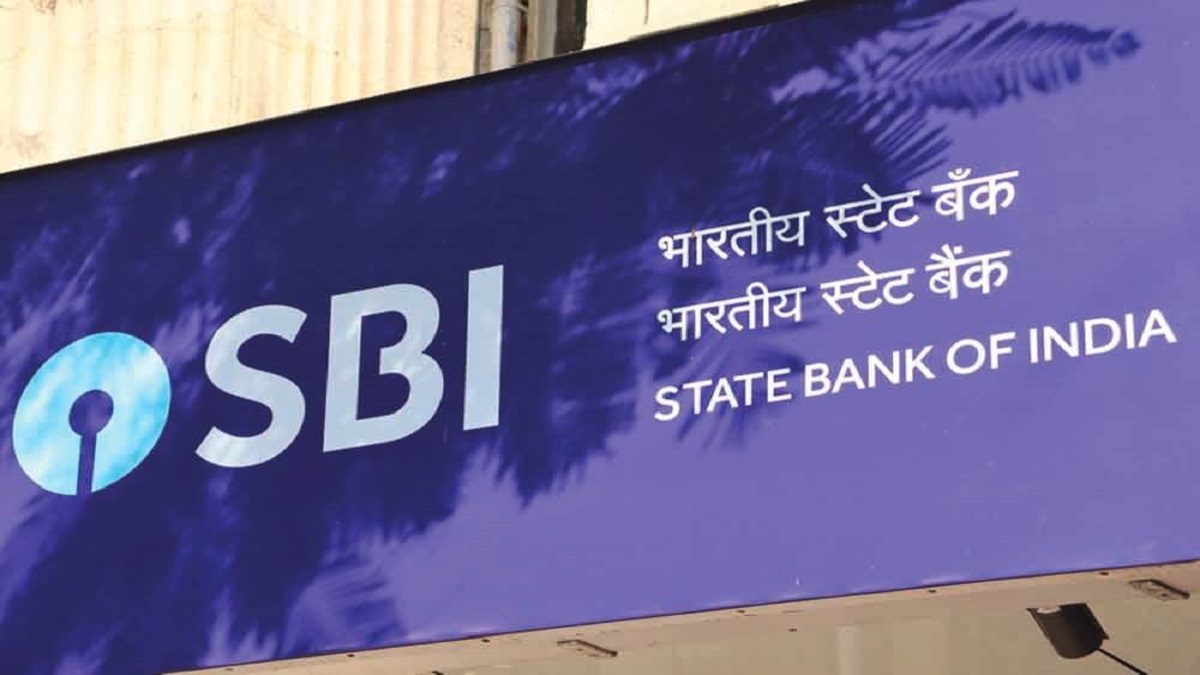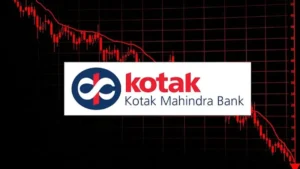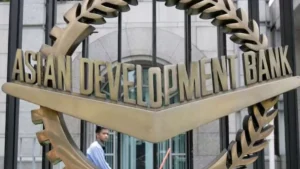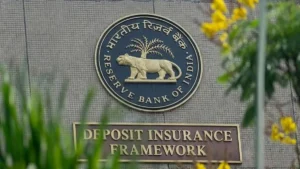India’s economic growth is expected to slow down in the fiscal year 2024-25, with the State Bank of India (SBI) revising its GDP growth estimate to 6.3%. This is lower than the Reserve Bank of India’s (RBI) projection of 6.6% and a significant drop from last year’s growth rate of 8.2%. The downgrade is attributed to weaker manufacturing growth and subdued private investment, both of which have raised concerns about the overall economic trajectory.
Why is GDP Growth Slowing Down?
The Indian economy has faced headwinds in recent months, with multiple factors leading to this downward revision.
Manufacturing Sector Weakness: The manufacturing sector, a key driver of India’s economy, has seen a sharp decline in growth. It dropped from 7% in the June quarter to just 2.2% in the September quarter of 2024, according to a Reuters report. A slowdown in production and lower consumer demand have significantly impacted industrial output.
Private Investment Stagnation: Despite government initiatives such as corporate tax cuts and infrastructure spending, private investment has not picked up as expected. Reuters reported that businesses remain cautious about expansion due to uncertain economic conditions, leading to weak employment growth and stagnant household income.
Global Economic Pressures: Rising global uncertainties, including geopolitical tensions and fluctuating commodity prices, have also influenced domestic economic performance. With inflation concerns still present, RBI has taken a cautious approach to monetary policy, impacting liquidity in the market.
How Does This Compare to Earlier Estimates?
India’s GDP growth estimates have seen multiple revisions over the past year.
RBI’s Forecast Adjustments: The Reserve Bank of India initially projected a 7.2% GDP growth for FY25 but later revised it to 6.6%, reflecting a more realistic outlook amid economic challenges (Times of India).
Government Measures to Boost Growth: In response to the slowdown, the government has introduced key economic measures, including tax cuts for middle-class earners and increased budget allocations for agriculture and renewable energy projects (Associated Press). These steps aim to revive consumer demand and boost long-term economic growth.
Sector-Specific Impacts: While services and exports continue to support growth, weak manufacturing and investment trends could limit overall expansion in the coming quarters.
What Does This Mean for the Economy?
The revised GDP growth estimate signals the need for a stronger policy response to sustain economic momentum.
Need for Stronger Policy Interventions: Experts suggest that beyond fiscal stimulus, targeted policies to boost manufacturing output and improve business sentiment are crucial.
Monitoring External Risks: Given India’s trade ties and exposure to global market trends, policymakers must carefully navigate external risks, including changes in global trade policies and financial markets.
Long-Term Economic Outlook: While the current slowdown presents challenges, long-term structural reforms and strategic investments in key sectors like infrastructure, technology, and green energy could help stabilize growth in the coming years.
The SBI’s revised forecast serves as a reminder that India’s economic growth is still facing uncertainties. However, with the right policy measures and global economic stability, the country’s long-term growth potential remains strong.
India’s GDP Growth Forecast Cut: Key Highlights
| Aspect | Details |
|---|---|
| Why in News? | SBI has lowered India’s FY25 GDP growth estimate to 6.3%, down from RBI’s 6.6% projection. |
| Key Reason 1 | Manufacturing slowdown – Growth fell from 7% (June 2024) to 2.2% (Sept 2024) (Source: Reuters). |
| Key Reason 2 | Weak private investment – Despite tax cuts and infrastructure spending, investment and hiring remain slow (Source: Reuters). |
| RBI’s Projection | Initially 7.2%, later revised to 6.6% citing balanced risks (Source: Times of India). |
| Government Response | Measures include tax cuts for the middle class and higher funding for agriculture & clean energy (Source: AP). |
| Economic Outlook | Growth remains uncertain; stronger policy support needed for manufacturing and private investment. |



 RBI Slaps ₹62 Lakh Penalty on Kotak Mahi...
RBI Slaps ₹62 Lakh Penalty on Kotak Mahi...
 ADB commits $4.26 billion in sovereign l...
ADB commits $4.26 billion in sovereign l...
 RBI Board Sanctions Overhaul of Deposit ...
RBI Board Sanctions Overhaul of Deposit ...







